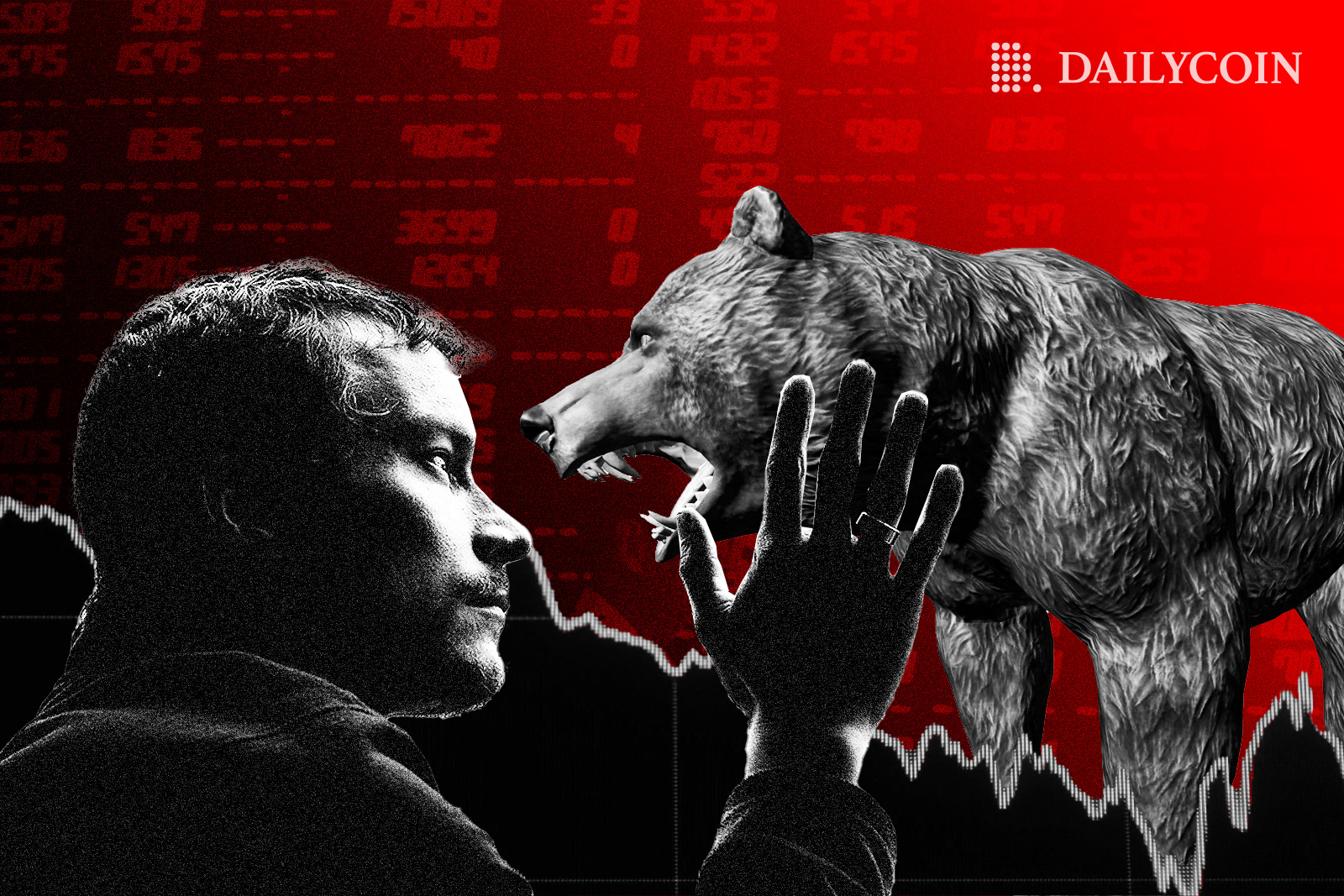
The first thing you should know about mental models is that very few people use them in day-to-day scenarios. The reason is simple; our primitive brains aren’t wired to use complex methods to arrive at conclusions, especially in financial markets.
Our brain is more wired for speed than for accuracy. We generally don’t like to spend much time thinking, so we prioritize our thinking toward short-term objectives and instincts.
However, desperate times call for desperate measures. And the crypto market is currently in desperate times. Since January 2022, the market has experienced tremendous loss, with many assets losing up to 90% of their value.
Sponsored
This might be a challenging period for new traders who have yet to experience the ups and downs of this market. However, the right mental models can help them view the market more realistically and, as a result, give them a better direction. That’s why we’ll be going through six mental models that can guide new crypto investors through the bear market.
1. Circle of Competence
One of the most vital mental models in trading and investing is the circle of competence. This mental model is so important that even accomplished investors like Warren Buffet use it.
The circle of competence essentially means that traders should concentrate on their area of expertise and not be afraid to admit ignorance. For new investors who cannot tell which way a trade will go, the smart decision would be to abandon the trade and focus on areas of competence. There’s a difference between gambling and investing, and while there’s a place for both, investors are better off making fewer gambling decisions.
Sponsored
That’s why it’s important to focus on assets one knows about rather than dabbling outside one’s area of competence. Don’t always buy the hype. Traders should focus on the circle of competence first and see what trades they can make. Once they have finished trading with assets they are familiar with, they can expand their portfolio.
2. Inversion
A lot of traders think in terms of things they want, not things they want to avoid. For example, new traders often have targets for how much they want to make on a trade. They don’t usually have a target of how much they don’t want to lose.
While it may be beneficial to focus on what one wants during the bull market, the smarter bet would be to focus on what one doesn’t want during the bear market.
For example, instead of purchasing assets because they will double their value in a year or two, investors should buy them because they think the assets won’t lose half of their value in a year or two. This is a sensible approach to take in a market where assets are losing rather than gaining value. In addition, the assets that are unlikely to lose their value even further are often the same assets that could double their value.
3. Confirmation Bias
Confirmation bias isn’t a mental model that investors should adopt — instead, it’s one they should guard their minds against. Confirmation bias refers to a tendency of people to interpret information and facts according to preconceived notions they have.
This is a mental trap that many people fall for, especially in the early years of their careers. At the very height of the bull market, many people were talking about Bitcoin reaching one hundred thousand dollars.
Many rookie traders saw those analyses by experienced people in the industry as a sign to double down on their portfolio. However, they were mostly driven by confirmation bias since many hoped for a soaring market. Because of this hope, they interpreted analyses that are pure speculation as fact.
Of course, the consequences of that behavior weren’t far off. By May, the market was capitulating in another direction, and by April, no one was speaking of Bitcoin getting to $100k anymore. The interesting thing about that entire episode is that there were probably as many technical analyses predicting a bear market as one predicting a bull market. But confirmation bias ensured that people focused on the positive prediction, not the negative one.
To avoid falling into this mental trap, one must evaluate one’s conclusions carefully. Are the conclusions being reached fueled by facts or by hope? One also has to seriously consider the fact that their perception doesn’t always match up with reality.
4. The Monkeys and Typewriters
Many traders assume that the past tells us a lot about the future, and that’s often correct. One can look at the past price behavior of certain assets and then use that information to make educated guesses about the future of the assets.
However, it’s important to remember that these guesses remain guesses. And in some cases, they may be quite useless.
Nassim Taleb explains this perfectly in his book “Fooled by Randomness.” In the book, he writes;
"If one puts an infinite number of monkeys in front of (strongly built) typewriters and lets them clap away, there is a certainty that one of them [will] come out with an exact version of the 'Iliad."
He goes on to ask whether one would be glad to bet that the same monkey would type out the Odyssey next. Of course, that would be a bad bet since the monkey only typed out the Iliad by chance in the first instance. Many things happen by chance, and betting that lightning might strike twice in the same place could be a better bet.
This lesson is especially important for new crypto traders who see bear markets as an opportunity to shop for discounted altcoins. The truth is that many of these coins only became popular off accidental hype; maybe a tweet went viral, or someone influential posted about it. Betting on these assets to make a comeback just because they were popular in the past is a mental trap you should avoid.
While the past sometimes tells us something about the future, lightning hardly ever strikes twice in the same spot. Historical events can usually be that — historical events and nothing more.
5. Margin of Safety
Every trader worth their salt knows how important the margin of safety is when trading. However, it’s also a model that people must remember when the going is good.
Everyone is a genius in a bull market, and that market often rewards risk excessively. This often means that traders are more likely to throw caution to the wind when making investment decisions. This is true for new traders and also for institutional funds as well.
For example, Sequoia Capital made the mistake of backing FTX despite knowing little about the company. They backed the company despite SBF playing a video game during his pitch.
The bull market may reward that behavior, but the bear market will punish it. One might be sure that you can manage a certain percentage of loss, but it would be smarter to plan to avoid managing that.
6. Occam’s Razor
Occam’s Razor is an important mental model to work with when trying to make sense of the bear market. New traders may learn of complex explanations that try to explain away the failure of certain assets and projects.
However, new traders would be good to remember that the more complex an answer is, the likelier it is a faulty model. In most cases, the simplest explanation is the correct one.
Perhaps the reason why projects like Luna failed isn’t because of some complex algorithmic hack but because the project was fundamentally unstable. Perhaps the reason why FTX imploded was that SBF used investor funds for other projects, not some huge accounting error like he seems to be implying.
By developing a basic hypothesis and comparing it with complex ones, you’re more likely to come to the correct conclusion about the behavior of the market.
On the Flipside
- Sometimes instinctive trading can provide even better returns than the most thoroughly calculated mental models. If one feels strongly about trade, there’s no harm in trying it out.
Why You Should Care
If you’re a new crypto investor, you should care about how to make better decisions. This article outlines mental models that you could utilize to do just that.
